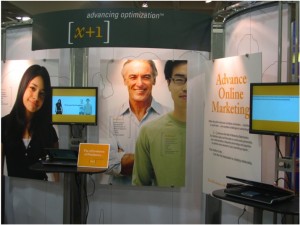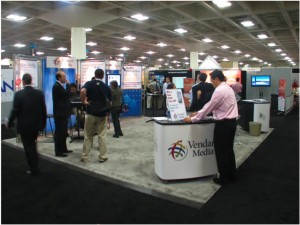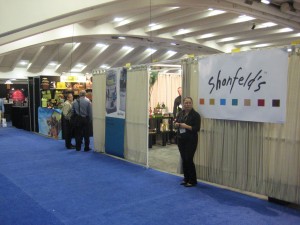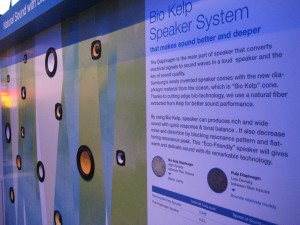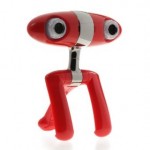My Yelp friend Sandor has a habit of only reviewing closed or failing restaurants… after an analysis he always concludes with “and so it goes”. When I walked into the once-proud New York DM Days yesterday, I felt like I should start doing the same thing for trade shows. Attendance was sparse, far down from peaks of a few years back, a problem made more noticeable by the cavernous reaches of the Javits Convention Center.
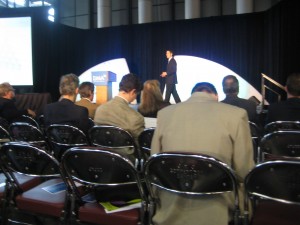
There wasn’t a lot of business to do, so I started asking exhibitors what they thought of the show and how they were coping. Many predict better times when it moves back to the NY Hilton next year. This is a hard-core direct mail show (vs web) and the Hilton is close enough to 6th Ave. that publishers can stroll over on their lunch hour.
My colleague Dick Goldsmith points out that with fewer attendees, he has a better opportunity to work each one of them. His company now has a service called Per-Keys that allows mobile text messages to be personalized for higher response rates. The Per-Key is a unique code used to access the system, so he sent a Per-Key to every preregistered attendee so they can check it out. With slow traffic, he also has the opportunity to issue codes at the booth and do a more elaborate demo.
Other exhibitors abandoned their booths at lunchtime to man a “lunch with the experts” area where they and attendees could discuss topics of mutual interest. Better than staring off into space or just folding the tent and leaving, as several of the exhibitors had done.
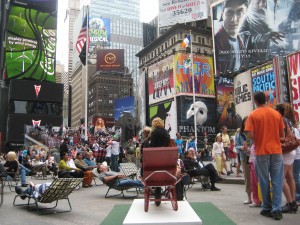
In other news, I did not see any “suitcasing” at the show—a relief, I guess, but also sort of a disappointment. I had a side project to find cheap eats in the garment district which was unsuccessful because most of my recommended places were closed (“and so it goes”) but did stumble into Lunch Box, a clean and brightly lit spot right around the corner from Penn Station. Five Chinese dishes for $5, or an assortment of sweet and savory pastries from 95 cents to a couple of bucks. Better than $10 sandwiches at Javits.
